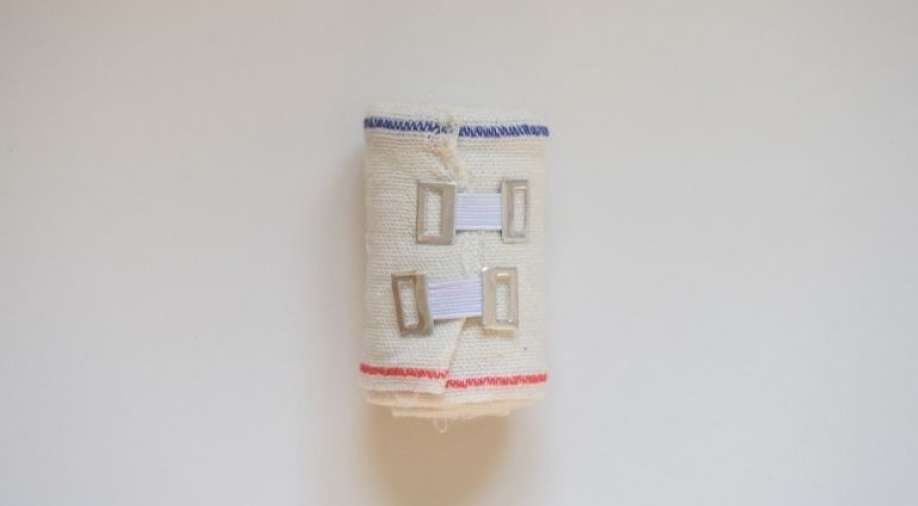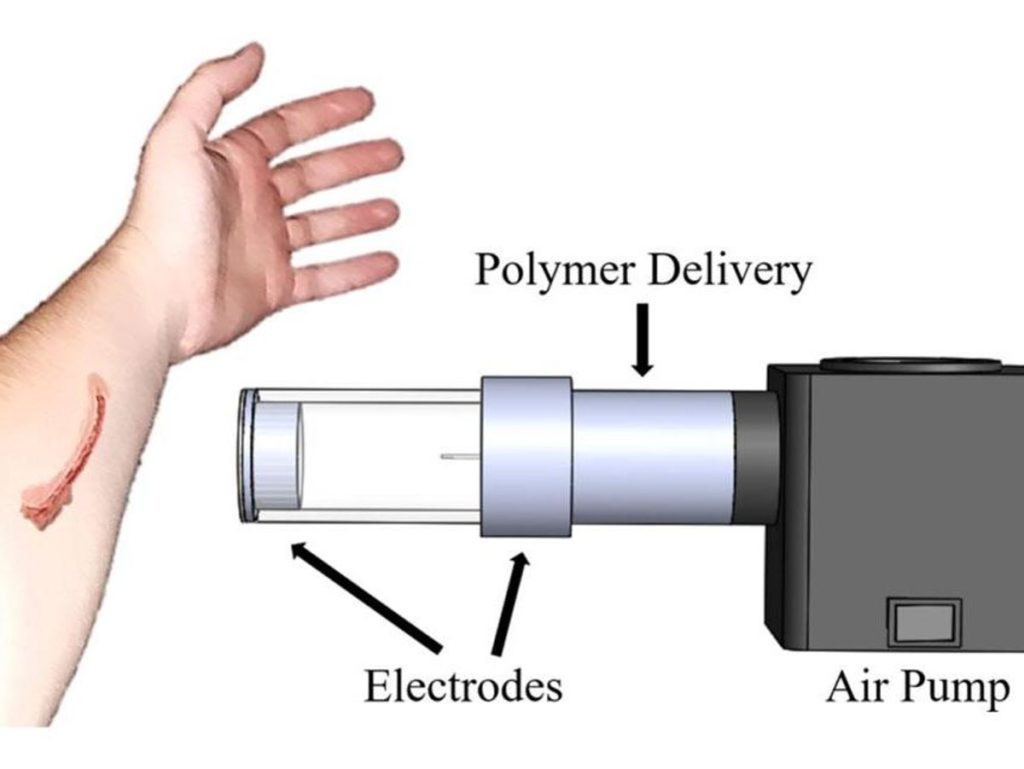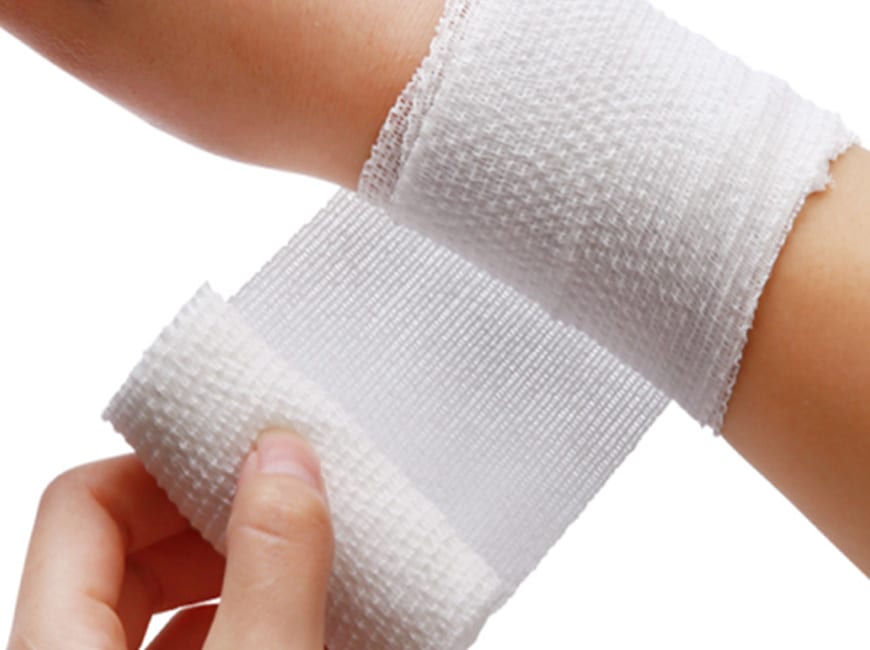A study has been published in the Journal of Vacuum Science & Technology, which states that scientists in the US have created an innovative “spray-on” bandage to treat wounds and care for injuries. These bandages could provide essential drugs and immediate attention to patients in remote locations that are often deprived of medical amenities and are short on supplies. Further, this could prove to be extremely useful in emergency situations.

According to the author of the study, Lane Huston, their team of scientists made use of a technique called electrospinning to create ‘bottled bandages’ that spray a thin layer of fibres on damaged skin. It is almost similar to spray-painting a wall.
The author added that this procedure can be used by doctors and nurses to treat wounds and to continue with the treatment further. The medicine woven into the fibre aids the treatment by speeding up the healing process and by minimizing the risk of infection while also cutting down on the need for constant change of wound dressings.
What is Electrospinning?
Electrospinning is a technique employed in the creation of spray-on bandages, where a thin layer of tiny man-made fibre is woven when sprayed onto the wound. The process, which seems like spray painting a crack on the wall, could be revolutionary in many ways.

Scientists from Montana Technology University, in Butte, explain that in the process of electro-spinning, tiny fibres are sprayed to cover cuts and scrapes while providing constantly monitored drug release over time. Electrospinning is widely used in industries to wrap and filter multiple commercial products.
The traditional technique involves exposure to high voltage electricity which, unfortunately, could damage the human skin while posing serious shock hazards if used on bare skin. Luckily, this innovative device uses air to spray fibres onto the surface, in place of making use of the voltage difference between the tool and the medium to spray the fibres on.
The future of the bandage industry:
According to Grand View Research, Inc., the market value of medical tapes and bandages all around the globe is expected to be worth $10.97 billion by 2025. This is a result of the constantly increasing older population that is, unfortunately, very likely to experience a greater amount of chronic diseases and illnesses with lasting physical complications.

“The team is hopeful that their new discovery will help in treating patients especially in far-flung places making adaptable drug delivery accessible in such locations,” Huston said. The device in question, which uses air to deliver fibres on a surface, has not been given a name yet.
Just recently, the research team tested the device on pigs, and on a gloved human hand, marking the way for the first experiment of this kind. The scientists are hopeful that this could save millions of lives in areas with compromised health facilities and in emergency situations like natural disasters or badly timed accidents. Scientists hope the technology will help doctors and medical personnel working in remote areas where primary care for the patients is limited or unavailable.
Further reading:


